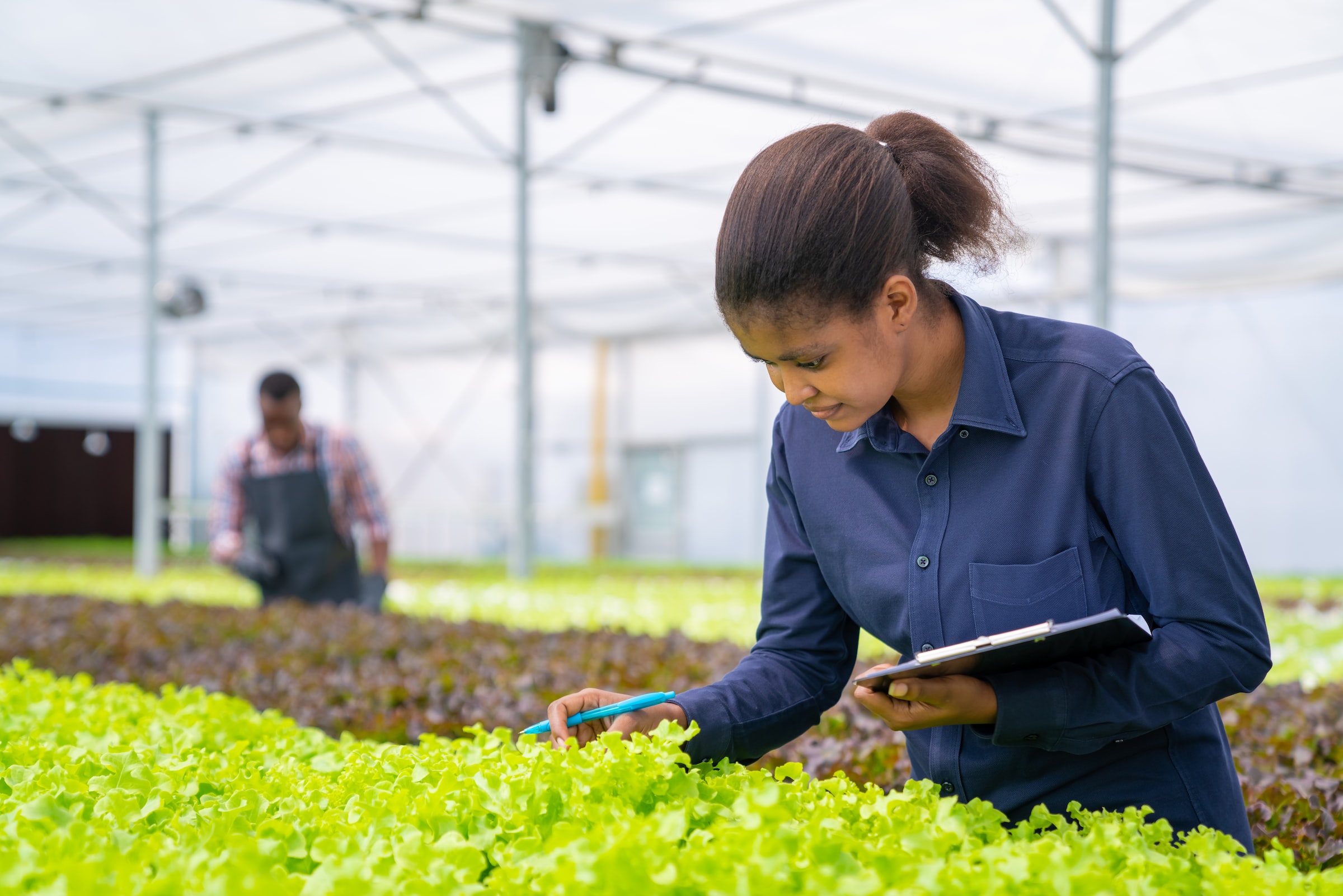


#Aeroponic #Aquaponics #Gardening and Agriculture #Hydroponic
Doug Fogelson
One of the best solutions for regional food supply is to use a hydroponic or similar growing system. These systems are viable for home use and also work at a larger scale to provide communities with certain fresh crops all year long. While there are limits to the kinds of plants that can be grown under artificial light and without soil, the range is still quite wide, from microgreens to eggplants and beyond.
Hydroponics, and its cousins aquaponics and aeroponics, grow plants either in an inert substrate (usually mineral based), on a nutrient film base (NFT) or in misty air (Aero). The water that feeds the roots of the plants has added nutrients to give the plants what they need to flourish. The water can be recycled around the system, static/still, or distributed via misting and condensation to keeps roots alive.
In the case of aquaponics, the system’s waterflow is connected to fish in tanks that consume the nutrients produced by growing plants. These nutrients are then released back to the water as the fish enrich that very same water with their byproducts – so that it feeds the plants in turn — creating a closed loop/circular ecology. The mature fish become food for humans (and others).
This overall concept comes straight from the hydrological cycle, which is the epitome of a circular ecology. Practical implications on the larger scale usually use indoor “vertical farming” — stacks of shelf-like trays in temperature-controlled conditions (and filtered air) growing under 16 hour periods of full-spectrum grow lights, all of which uses much less water and energy than conventional farming. Hydroponics can produce food that grows fast and stays fresh longer, it is grown closer to the users eliminating the need for more fossil fuels to transport and refrigerate products.
How much less water does an aeroponics system use compared to conventional farming?